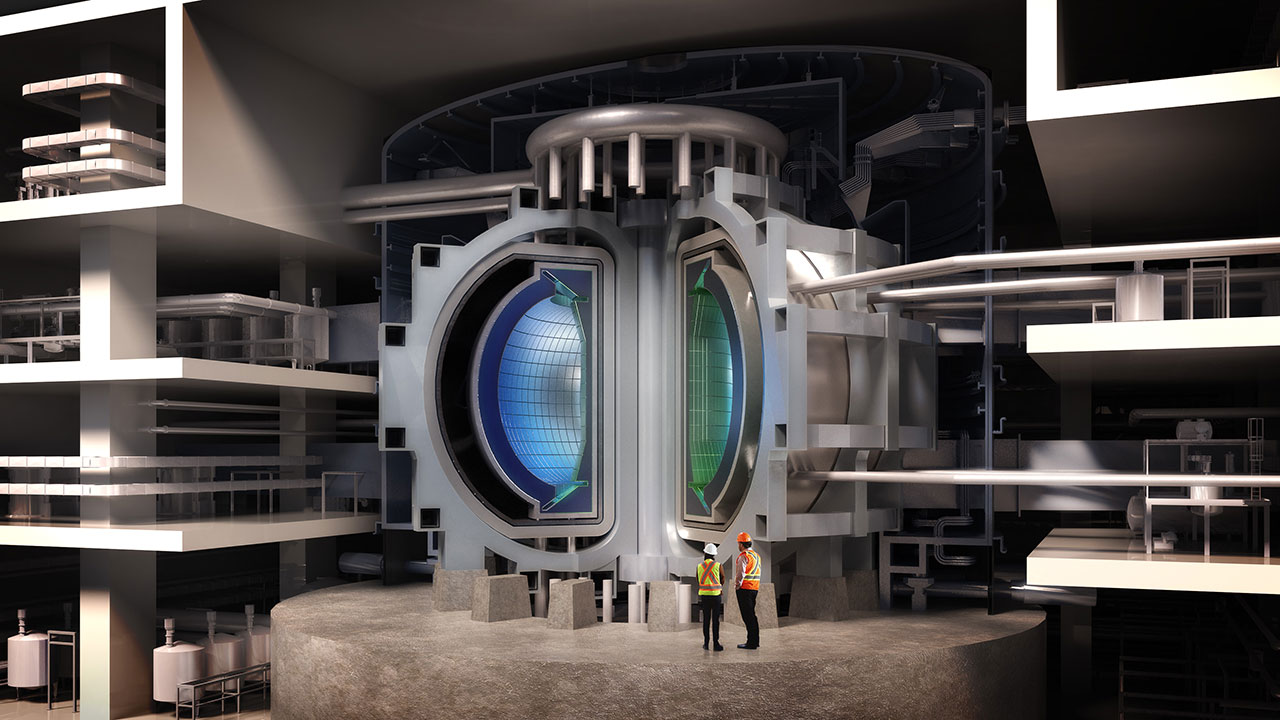 US-based General Atomics (GA) has announced a new concept for a fusion pilot plant (FPP) to deliver economically viable fusion energy.
US-based General Atomics (GA) has announced a new concept for a fusion pilot plant (FPP) to deliver economically viable fusion energy.
GA’s FPP concept utilises a steady-state, compact advanced tokamak design approach, where the fusion plasma is maintained for long periods of time to maximise efficiency, reduce maintenance costs, and increase the lifetime of the facility.
“Excitement for fusion energy is at an all-time high, with historic interest from private industry and government,” said Dr Anantha Krishnan, Senior Vice President of the General Atomics Energy Group. “We look forward to working with our partners to make our vision for economic fusion energy a reality. Now is the time for fusion, and General Atomics plans to lead the way.”
“The General Atomics Fusion Pilot Plant is a revolutionary step forward for commercialising fusion energy,” said Dr Wayne Solomon, Vice President of Magnetic Fusion Energy at General Atomics. “Our practical approach to a FPP is the culmination of more than six decades of investments in fusion research and development, the experience we have gained from operating the DIII-D National Fusion Facility on behalf of the US Department of Energy, and the hard work of countless dedicated individuals.”
Dr Brian Grierson, Director of the General Atomics Fusion Pilot Plant Hub noted: “General Atomics has a long and storied history of being at the forefront of fusion innovations. We are proud to be a world leader in plasma theory and modelling, advanced materials engineering, and other areas necessary for commercialising fusion. We intend to bring the full strength of our institutional expertise to this effort as we advance our vision for fusion energy.”
The GA FPP concept capitalises on GA innovations and advancements in fusion technology. The facility would utilise GA’s proprietary Fusion Synthesis Engine (FUSE) to enable engineers, physicists, and operators to rapidly perform a broad range of studies and continuously optimize the power plant for maximum efficiency. GA has also developed an advanced modular concept (GAMBL) for the breeding blanket which is a critical component (of the fusion power facility) that breeds tritium, a fusion energy fuel source, to make the fusion fuel cycle self-sufficient.
General Atomics recently announced a joint research partnership with Savannah River National Laboratory to address challenges of tritium handling as part of the US Department of Energy’s Innovation Network for Fusion Energy (INFUSE) grant programme. GA said it is working with a wide range of energy stakeholders to ensure that fusion is deployed in a way that meets the needs of local and global communities.
Image: A render of the General Atomics Fusion Pilot Plant (interior) (courtesy of General Atomics)






